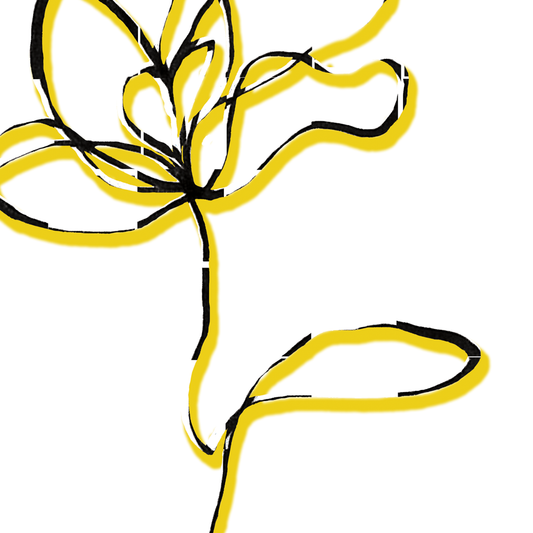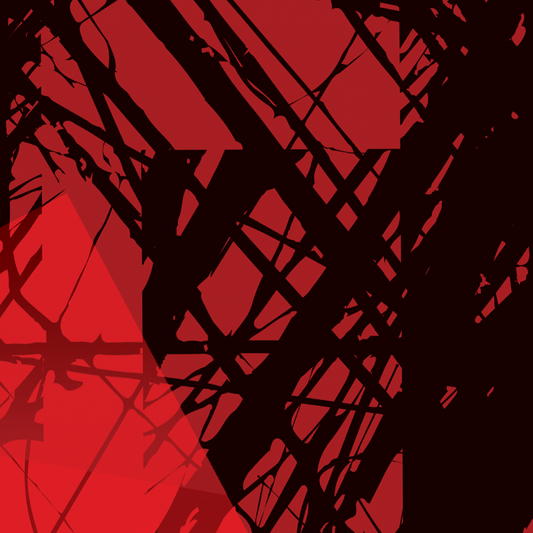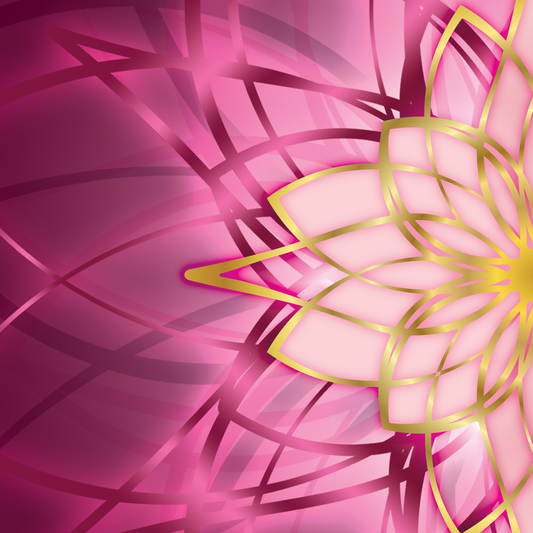
Giclée art print
Giclée art print
Taking care of the giclée fine art prints
To preserve the original condition of the print, do not remove it from the protective sleeve before framing. Although the art prints are made with the highest quality materials, the inks can leave fingerprints. Therefore, it is recommended that you wear protective gloves when handling the art print. Make sure you only touch the edges of the print and not the ink surface.
If the print is rolled in a protective tube, it must be flattened before framing. But first, gently unroll it and be careful not to break the paper. Find a flat surface and after gently unrolling your print, place a board or large book on it so it covers the entire surface of the image.
Leave it like this for at least 24 hours. If the image is still slightly curled after this time, leave it weighted for another day.
Once the print is perfectly flat, simply place it in the frame and hang the picture on the wall.

Advice for framing
Placing the painting under a glass surface plays an important role in protecting the artwork, as the glass protects the print from external environmental influences, such as ozone, UV light, moisture, dust, soot, oils, and other inconveniences. However, be careful that the glass surface does not distort the look of the image, rather accentuates it.
Once the print is placed in the decorative frame, it is recommended not to expose it to direct sunlight. As always, sunlight has UV rays that can contribute to color fading, regardless of the quality. UV light can also damage paper and its structure, which can become brittle and increasingly porous over time. UV protective glass stops this process, which allows the print to remain intact and keep it in excellent condition. A suitably chosen frame can further emphasize the work of art and increase its aesthetic value.
For appropriate and high-quality framing, we recommend that you contact art studios that professionally frame paintings. Their knowledge and experience will will best help you in choosing in choosing a proper frame.

Paintings in the online shop
-
Flower of the heart / yellow
regular price From €40,00regular pricePrice per unit / per -
Heart of red silence
regular price From €70,00regular pricePrice per unit / per -
Glam pop - red moonlight
regular price From €70,00regular pricePrice per unit / per -
Galactic flower of blue impression
regular price From €70,00regular pricePrice per unit / per -
Contact of our touch / No.1
regular price From €70,00regular pricePrice per unit / per -
Avior - Magenta
regular price From €70,00regular pricePrice per unit / per -
Dress me in a kiss
regular price From €70,00regular pricePrice per unit / per -
The power of starlight - turquoise blue
regular price From €70,00regular pricePrice per unit / per -
Starlight bloom
regular price From €70,00regular pricePrice per unit / per -
Rising Lotus
regular price From €90,00regular pricePrice per unit / per -
Melody of the Sea
regular price From €90,00regular pricePrice per unit / per -
Image in gray silence
regular price From €70,00regular pricePrice per unit / per

























